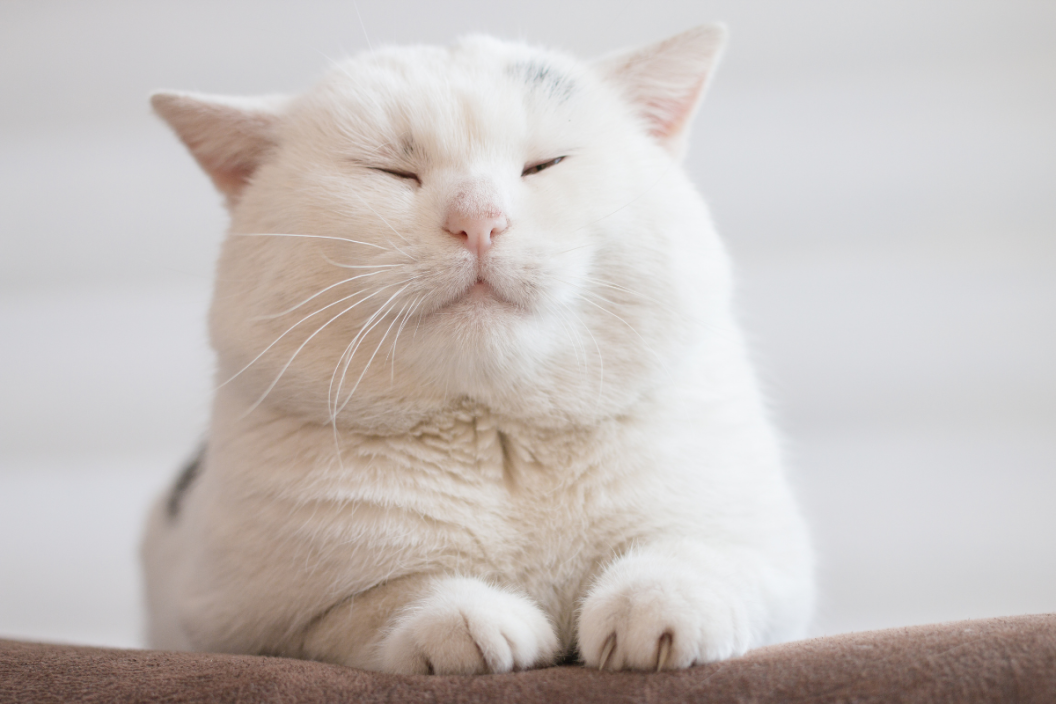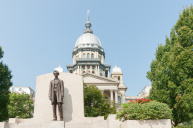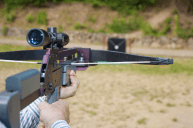Located in the northern section of the Midwest, Indiana is bordered by Michigan, Ohio, Kentucky, and Illinois and has the great Ohio River and the Wabash River running for hundreds of miles. Did you know the state of Indiana is known for its famous Indiana limestone, the Indy 500, full seasons, and its huge corn production?
Maybe you did not know that the state of Indiana is called the "Mother of Vice Presidents" as six men from Indiana have been elected as VP of the United States. Or that the first successful goldfish farm in the country was opened in Martinsville in 1899.
While random fun facts about Indiana can only take you so far, a trip to the state's capital can do much more for your education and knowledge of the Hoosier State. According to Wikipedia, Hoosier is the official name of a person who lives or is from the state of Indiana.
What is the Capital of Indiana?
https://www.instagram.com/p/B4uucdthFBK/?utm_source=ig_web_copy_link
The capital city of Indiana is Indianapolis, a 368 square-mile town and the largest city in the state. Lovingly known as Indy, this metropolis lies in Marion County and in 2019 had a population of 886,220 (US Census Bureau).
10 Things To Do & See in the Capital of Indiana
1. Indiana Statehouse
https://www.instagram.com/p/COjaq3CLHm1/?utm_source=ig_web_copy_link
Home to the Indiana state government since the year 1888, the Indiana State Capitol Building is a definite must if you are interested in the history of the Hoosier State. This neoclassical capitol statehouse has been the meeting place for the Indiana Supreme Court, the house of representatives, and the senate for centuries. Take a guided tour or just enjoy a stroll around the historic building yourself.
2. Soldiers & Sailors Monument/Monument Circle
https://www.instagram.com/p/B4yE2eBAZKJ/?utm_source=ig_web_copy_link
One of the most historic sites in the city, Monument Circle in downtown Indy has become the resting place for the city's vibrant heartbeat. A staple to any visit, this limestone monument was designed by Bruno Schmitz and constructed between 1887 and 1902. The Soldiers & Sailors Monument features sculptures by Rudolf Schwartz (who created the figures on the structure's sides), George Brewster (who made the figure of Victory that caps the monument, as well as two astragals), and Nicolaus Geiger (who created the Army astragal).
A statue already in place before the new monument's conception depicted Civil War-era Governor Oliver P. Morton, created by Franklin Simmons. This statue was incorporated into the now-existing monument and three similarly scaled pieces of General George Rogers Clark, Governor William Henry Harrison, and Governor James Whitcomb to tie in the whole story of the conflicted past of Indiana.
3. Indianapolis Zoo
https://www.instagram.com/p/COyD2dDDKNb/?utm_source=ig_web_copy_link
The Indianapolis Zoo is a beautiful way to spend a half-day with the family while in town! The permanent exhibits at this animal wonderland include the White River Gardens, Zoo Babies, rides and attractions, live webcams, the plains, deserts, flights of fancy, forests, and oceans! Check the website to learn about specialty exhibits happening during your stay.
4. The Children's Museum of Indianapolis
https://www.instagram.com/p/CM52M_bsXOi/?utm_source=ig_web_copy_link
RELATED: Alabama's Highest Point Comes at Cheaha State Park
Dedicated to creating extraordinary learning experiences across the arts, sciences, and humanities that have the power to transform the lives of children and families, the Indianapolis Children's Museum is a sure bet if you have kiddos to entertain. Complete with a sprawling campus of indoor and outdoor exhibits, this museum is one you do not want to miss. Check the website for current and future exhibit information.
5. Canal Walk
https://www.instagram.com/p/CNWpkJ7HOQ2/?utm_source=ig_web_copy_link
Another form of entertainment in Indy is the Canal Walk — a relic from the early 1800s that has allowed interstate commerce ever since. Stretching north through White River State Park to 11th street, the Canal Walk has been re-furbished for all to walk, jog, bike, and enjoy! You can even rent pedal boats to explore by water!
6. Indianapolis Motor Speedway
https://www.instagram.com/p/CPdXb9HrqaK/?utm_source=ig_web_copy_link
For over 100 years, the Indianapolis Motor Speedway has created sports stories that will forever be remembered. Millions of fans worldwide flock to the speedway to watch incredible driving feats and legendary drivers crate history. Home to the Indianapolis 500 ( the Indy 500), this famous racetrack makes the city the Racing Capital of the World, Where Tradition Never Stops.
7. White River State Park
https://www.instagram.com/p/CIOBsDMMGux/?utm_source=ig_web_copy_link
The nature lovers out there (who isn't?!) will absolutely love hanging out on blissful days at White River State Park. Nestled in the heart of the city, this state park provides 250 acres of green space, trails, flora, and waterways that fuse with the urban and cultural mecca of Indianapolis. Home to a concert venue, event spaces, and facility rentals, the state park sees many annual events. In 1979, the Indiana General Assembly created the White River State Park Development Commission as a semi-government agency.
8. Indiana State Museum
https://www.instagram.com/p/CO3hn0uLEhw/?utm_source=ig_web_copy_link
The Indiana State Museum and Historic Sites are composed of a statewide network of 12 museums that showcases incredible artifacts to tell meaningful stories about Indiana's history. You can either explore the museum and attend one of the seasonal events or take a mini road trip and hit some of the historic sites featured around the state.
These sites include the Angel Mounds in Evansville, the Corydon Capital (the first state capital city after statehood in Southern Indiana), Rome City, New Harmony, the Lanier Mansion, and the Coffin House (the unofficial grand central station of the underground railroad). Another important site is Vincennes, Indiana's first city!
9. Mass Avenue Arts District
https://www.instagram.com/p/CPJn_h7L1ma/?utm_source=ig_web_copy_link
One of the most loved areas of the city, the Mass Avenue Arts District is a 5-block section of the city sprinkled with eateries, art galleries, independent boutiques, and more! This area is also the home of Stout's Shoes, the country's oldest shoe store dating back to 1886.
10. Indianapolis City Market
https://www.instagram.com/p/CNm4OGiLOy3/?utm_source=ig_web_copy_link
Known as Indy's Original Gathering Place, the City Market is another fun way to spend a day exploring the city! A great place to try out new foods, pick up a gift, or just simply people-watch.
A Brief Indiana History
https://www.instagram.com/p/CFSgMdVFLJd/
Corydon was founded in 1808 and served as the capital of the Indiana Territory from 1813 to 1816 (in Harrison County). Before colonization, the Native American tribes of the Kiikaapoi (Kickapoo), Kaskaskia, Myaamia (and others) lived in the area.
In 1806, Jonathan Jennings immigrated to the Indiana Territory and became the state's first governor and a nine-term congressman. The territory was formed from the creation of the Northwest Territory when James Madison signed the congressional act that officially declared Indiana the nineteenth state in the Union.
Looking for your next adventure? Find it at our Wide Open Roads Facebook!




